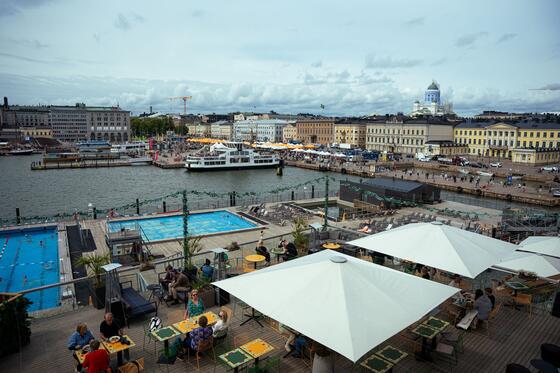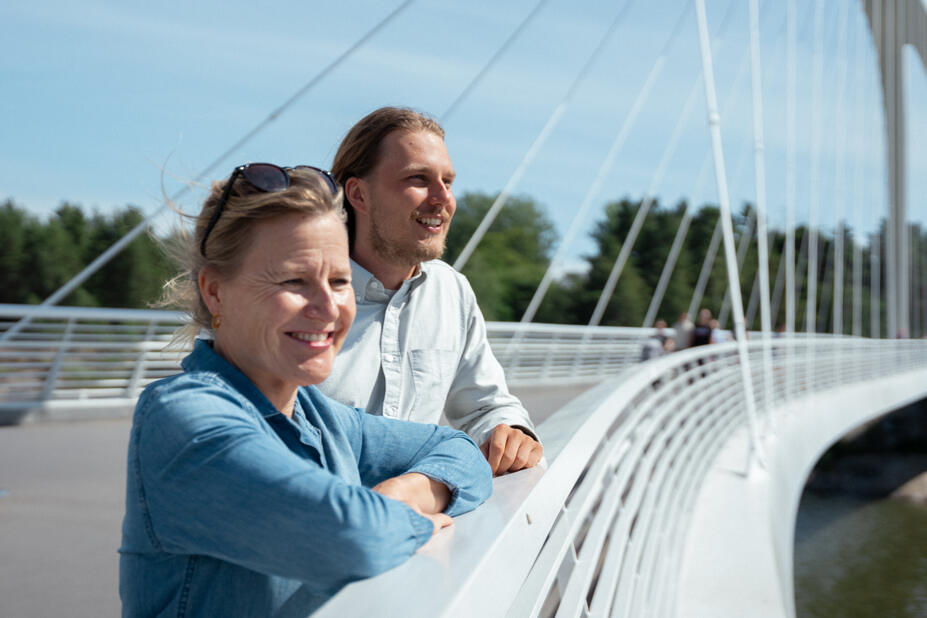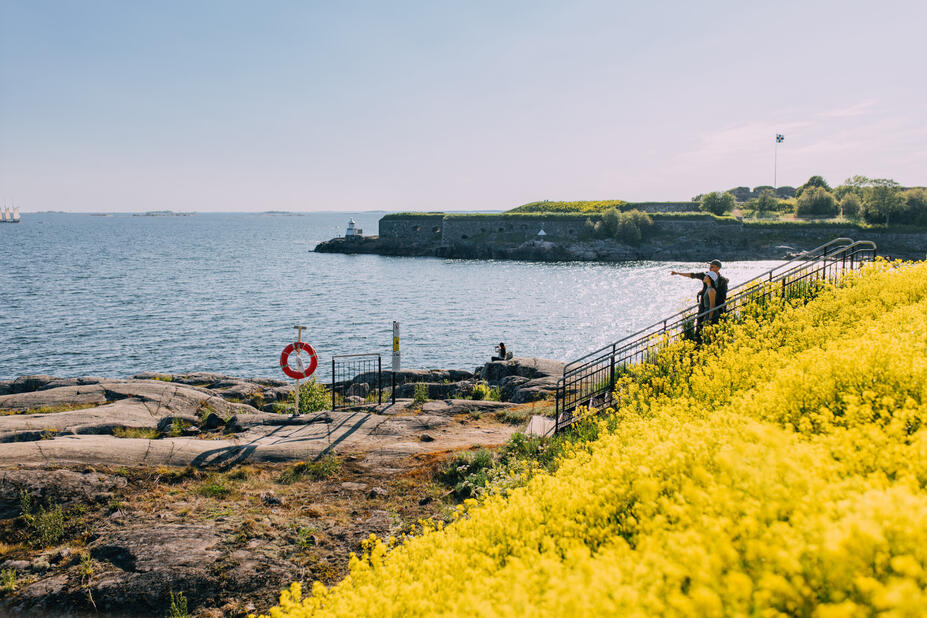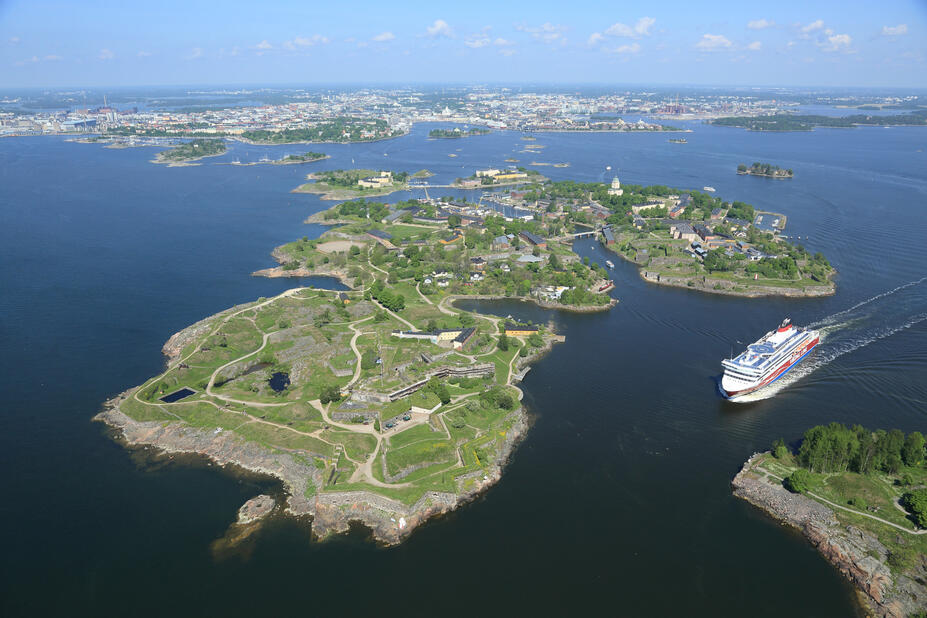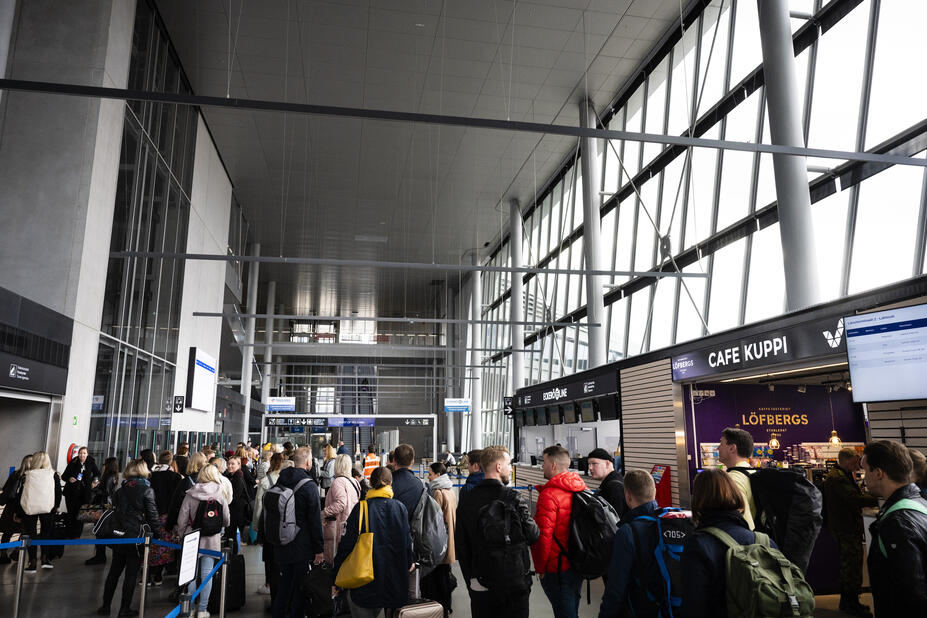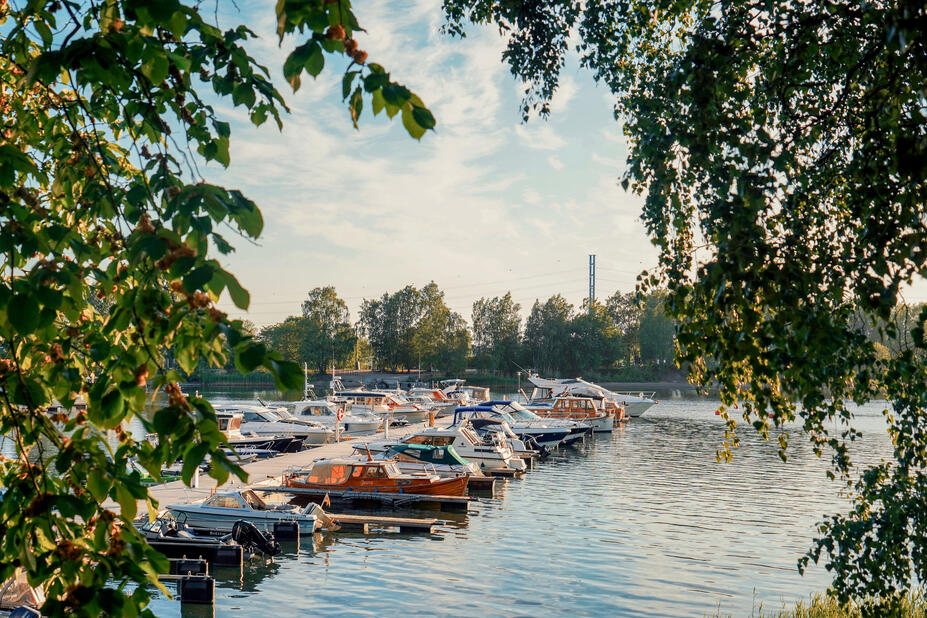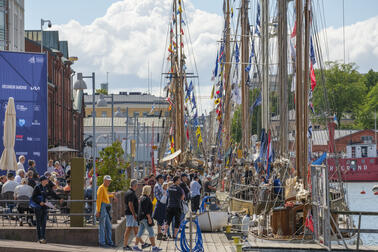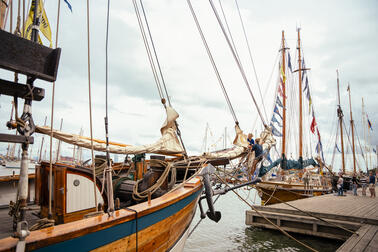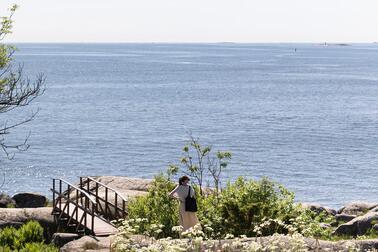Electric and emission-free water transport
Vili Tuomisto points out that the City sets its maritime policies with respect for the delicate nature. The City also hopes for and supports the transition to eco-friendly vessels as far as possible.
"For example, the plan is to turn the regular traffic to Pihlajasaari electric in the future. The City is looking into more effective support measures to facilitate the transition to electric water transport."
The City aims for at least half of water transport to be emission-free by 2030.
"We aim to minimise all human-caused emissions by developing solutions for floodwater and stormwater control and water supply management in our island and coastal areas. The City's new nature conservation programme that is under preparation will also include a section dedicated to underwater nature. The City is also active in the protection of the sea through the Baltic Sea Challenge. Matters of ecology are essential to the City on principle, but they are also a reputation and attraction factor for both the City and maritime companies," Tuomisto states.
The harbours in central Helsinki have had shoreside power connections for a longer time, and now Vuosaari Harbour is also offering shoreside power to ships. The use of shoreside electricity may reduce a ship's emissions in the harbour area by up to 50–80%, while also reducing the noise. Cargo traffic will take a great step towards emission-free operations in July when the first container ship using renewable fuel, X-Press feeders, starts regular operation to Helsinki. At the same time, the market for the distribution of synthetic fuels will open in Finland.
Sources, in addition to the interviewees: Helsinki Maritime Strategy 2030; Port of Helsinki Annual Report 2023; the website and Communications Department of the Port of Helsinki; maritime Helsinki in the city plan, reports of Helsinki City Planning Department 2013:18.
Published: 4.7.2024 09.00
